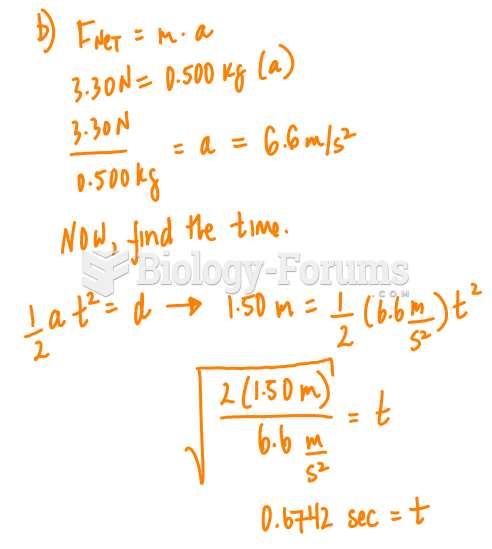|
|
|
It is widely believed that giving a daily oral dose of aspirin to heart attack patients improves their chances of survival because the aspirin blocks the formation of new blood clots.
Hypertension is a silent killer because it is deadly and has no significant early symptoms. The danger from hypertension is the extra load on the heart, which can lead to hypertensive heart disease and kidney damage. This occurs without any major symptoms until the high blood pressure becomes extreme. Regular blood pressure checks are an important method of catching hypertension before it can kill you.
This year, an estimated 1.4 million Americans will have a new or recurrent heart attack.
About 100 new prescription or over-the-counter drugs come into the U.S. market every year.
The familiar sounds of your heart are made by the heart's valves as they open and close.







